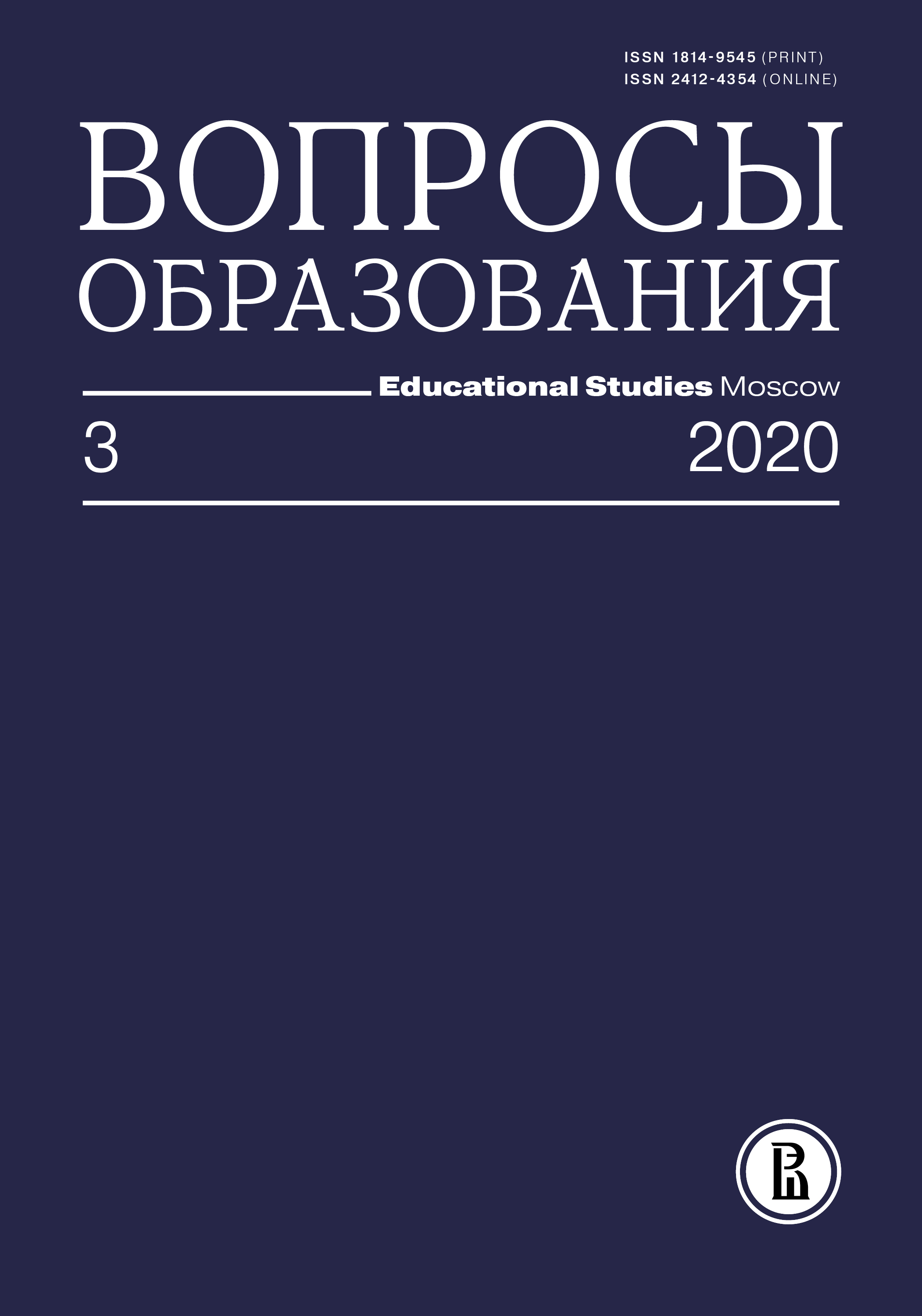Факторы отсева студентов инженерно-технического профиля в российских вузах
Аннотация
Инженерному образованию в России сегодня уделяется особое внимание: около половины всех бюджетных мест в вузах выделяется на инженерные направления подготовки. И в то же время среди студентов этого профиля наблюдается наиболее высокий уровень выбытия. Цель данного исследования — оценить масштаб выбытия студентов инженерно-технического профиля в начале и середине обучения, а также установить факторы выбытия. Исследование опирается на данные, полученные в ходе опроса более 4 тыс. студентов инженерных направлений подготовки в 34 российских вузах, составляющих репрезентативную национальную выборку, а также на административные сведения об отчислениях студентов. При анализе факторов выбытия студентов в первые три семестра обучения авторы опираются на теоретическую рамку В. Тинто, согласно которой социальная и академическая интеграция студентов является критически важным условием успешного продолжения обучения в выбранном университете. Результаты исследования подтверждают ключевую роль академической интеграции, а именно посещения занятий и активного взаимодействия с преподавателями, в предотвращении выбытия студентов, но опровергают гипотезу о значимости социальной интеграции. Риску выбытия подвергаются студенты с низкими баллами ЕГЭ по математике, а также те, чей фактический выбор направления подготовки не соответствовал желаемому. Гипотеза о том, что уровень выбытия в высокоселективных вузах выше, чем в прочих, не нашла подтверждения. Предложены рекомендации для университетов, направленные на снижение уровня выбытия среди студентов.








